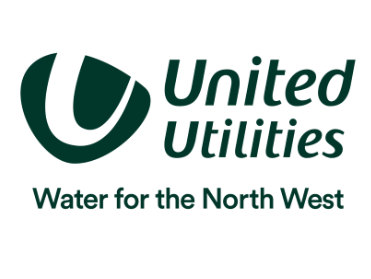Vancouver-based firm HydroGraph Inc., a leading producer of ultra-pure graphene, has announced the publication of a peer-reviewed study that demonstrates the potential of using HydroGraph graphene as a scalable solution for industrial wastewater treatment.

The study, published in FlatChem (Elsevier), confirms that HydroGraph’s graphene can remove 100% of six organic dyes from wastewater within 10 minutes.
The global wastewater market is projected to reach $20.01 billion by 2025 and $28.95 billion by 2032 at a CAGR of 5.4%. Organic dyes are a major pollutant in local water sources, and wastewater is often discharged with minimal treatment, affecting flora and fauna and ultimately entering the food chain. Conventional filtration methods to treat wastewater and remove dyes can be costly and difficult to scale.
The use of HydroGraph’s few-layered graphene, produced via a patented chamber explosion method, has been shown to remove 100% of dye contaminants through adsorption, providing a larger surface area for molecular adherence. Graphene is also cost-effective, scalable, and recyclable, making it more attractive than other treatment methods. Recycling experiments demonstrated 97% to 100% dye removal within 15 to 60 minutes.
Using graphene for wastewater purification is more sustainable than other coagulation/flocculation techniques, with a lower chemical footprint. Graphene also uses less energy than pressure-driven membranes or some advanced oxygenation processes (AOPs). Graphene adsorbents can also be regenerated multiple times, cutting waste and lifetime costs.
Kjirstin Breure, President and CEO of HydroGraph said:
“Industrial wastewater is one of the biggest pollutants, creating human health risks and threatening the global ecosystem. This new study proves that graphene is extremely effective in removing toxins from industrial organic dyes, and HydroGraph is one of the few companies able to deliver high-quality, reusable graphene for wastewater treatment.”
Graphene is a two-dimensional allotrope of Carbon with a honeycomb structure. It can remove pollutants from water in its pristine form, as a composite, or as graphene oxide (GO) or reduced graphene oxide (rGO).
While graphene has a high adsorption capacity, the large-scale production of graphene has been challenging due to its high costs and the use of toxic reagents, which result in metal contaminants. HydroGraph has solved those issues by using a controlled chamber explosion method to produce few-layered graphene nanosheets. HydroGraph says this production method is cost-effective and scalable, with the near elimination of harmful byproducts, resulting in a greener synthetic process.
HydroGraph is continuing to test graphene for dye removal with plans to pursue pilot projects in the next three to six months. The company is currently looking to partner with textile, pulp and paper, and paint manufacturers.

 Owen Mace has taken over as Director of the British Plastics Federation (BPF) Plastic Pipes Group on the retirement of Caroline Ayres. He was previously Standards and Technical Manager for the group.
Owen Mace has taken over as Director of the British Plastics Federation (BPF) Plastic Pipes Group on the retirement of Caroline Ayres. He was previously Standards and Technical Manager for the group. Amiblu, a global leader in Glass Reinforced Plastic (GRP) pipe systems for wastewater, stormwater, drinking water, irrigation, hydropower, and industrial applications, has announced the appointment of Martyn Turton as its Sales Director for the UK & Ireland, driving strategic market development in the infrastructure and water sectors, effective immediately.
Amiblu, a global leader in Glass Reinforced Plastic (GRP) pipe systems for wastewater, stormwater, drinking water, irrigation, hydropower, and industrial applications, has announced the appointment of Martyn Turton as its Sales Director for the UK & Ireland, driving strategic market development in the infrastructure and water sectors, effective immediately.

 Hear how United Utilities is accelerating its investment to reduce spills from storm overflows across the Northwest.
Hear how United Utilities is accelerating its investment to reduce spills from storm overflows across the Northwest.